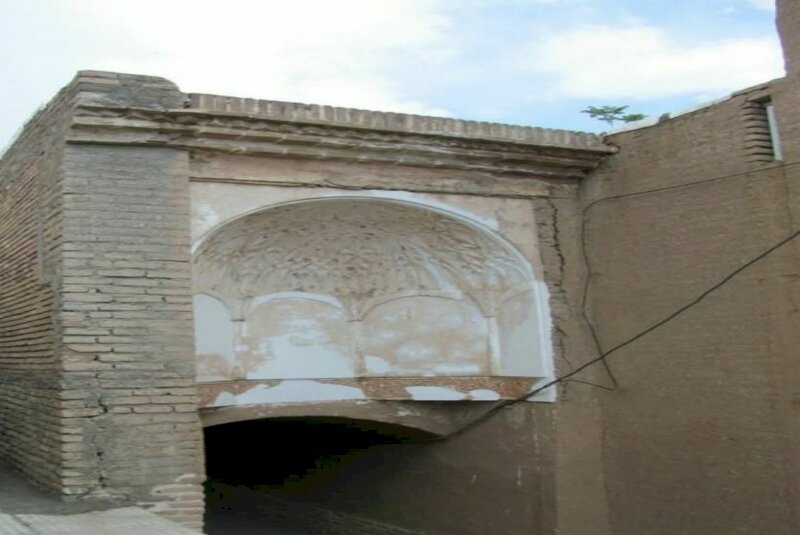Sole remaining ‘sabat’ in Sabzevar undergoes restoration

TEHRAN –An old sabat, a kind of mudbrick sun shelter in oasis towns, has undergone some rehabilitation works in the historical texture of Sabzevar, northeastern province of Khorasan Razavi, a local tourism chief has said.
The urban structure, which is the only existing sabat in the region, dates back to the Qajar-era (1789–1925) and is located next to the historical Kian Mansion, Mohsen Barabadi said on Thursday.
The restoration project aims at strengthening the mud-brick structure, replacing worn-out materials and repairing the façade, the official added.
Sabat is an arched structure built between the opposite buildings on both sides of a narrow street in tropical and desert areas and it creates shade and a cool place for passers-by. Due to its semi-covered nature, this structure creates air blinds in summer, which cools the air inside sabat and in winter makes the air warmer.
Considering the desert climate of the region, most of the historical neighborhoods had sabats, which also helped to strengthen the side houses.
Sabzevar, located in the west of Khorasan Razavi province, has over 100 historical and natural sites inscribed on the National Heritage list.
The history of Sabzevar goes back to the first millennium BC. After the Mongol invasion of Iran, the city was the first part of Iran that moved towards its freedom, under the lead of the Sarbedaran movement.
In the 14th century, Timur, the Turco-Mongol conqueror and the founder of the Timurid Empire, invaded Iran, and despite the brave defense of people in Sabzevar, the city was destroyed quite completely. It is said that about 90,000 people having been massacred by Timur. After killing all men in the town, he cut their heads and made three pyramids of the heads in a city square, which is known as Sarberiz (literally means place of heads) square nowadays.
ABU/AFM
Leave a Comment